Search
Search Results
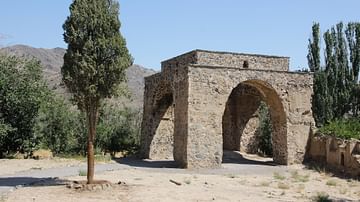
Definition
Fire Temple
Fire Temples are places of worship in the Zoroastrian religion. They were known as ataskada (“house of fire”) by the Persians but are best known today by their Greek name pyratheia (fire temple). They are thought to have originated from the...

Definition
Greek Fire
Greek Fire was an incendiary weapon first used in Byzantine warfare in 678 CE. The napalm of ancient warfare, the highly flammable liquid was made of secret ingredients and used both in catapulted incendiary bombs and sprayed under pressure...
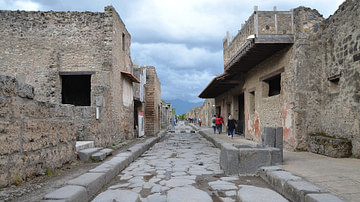
Image
The Streets of Pompeii
The streets of Pompeii were paved during Roman times with large polygonal blocks of stone. The stepping stones kept Romans' feet dry and out of the rainwater, slops, and animal waste that would have filled the streets of Pompeii.
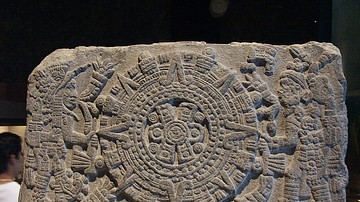
Article
The Aztec New Fire Ceremony
The New Fire Ceremony, also known as the Binding of the Years Ceremony, was a ritual held every 52 years in the month of November on the completion of a full cycle of the Aztec solar year (xiuhmopilli). The purpose of it was none other than...

Definition
St. Anthony's Fire
St. Anthony's Fire (SAF) is an illness brought on by the ingestion of fungus-contaminated rye grain causing ergot poisoning (ergotism). The disease's common name derives from the medieval Benedictine monks dedicated to that saint who offered...
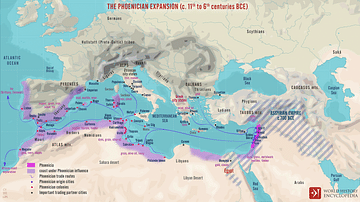
Teaching Material
Phoenician Maritime Trade and Cultural Exchange
This lesson plan has two parts. During the first part, students will watch a video introducing the Phoenicians and answer the questions on Worksheet #1. In the second part, students will participate in a trading simulation activity which...

Interview
Information & Communication Technologies in Cultural Heritage & Tourism
Information and communication technologies (ICT) are revolutionizing the ways in which the public interacts, understands, and appreciates the importance of cultural heritage around the world. They are additionally enabling sustainable tourism...
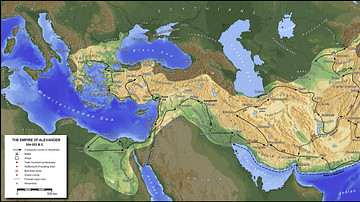
Article
Cultural links between India & the Greco-Roman world
Cyrus the Great (558-530 BCE) built the first universal empire, stretching from Greece to the Indus River. This was the famous Achaemenid Dynasty of Persia. An inscription at Naqsh-i-Rustam, the tomb of his able successor Darius I (521-486...

Article
Madhubani Paintings: People’s Living Cultural Heritage
Mithila, a region in the state of Bihar, northern India (and also stretching into Nepal), has an important tradition of knowledge in the form of paintings. Madhubani paintings (also known as Mithila paintings) have been practised by the women...
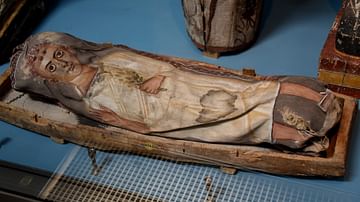
Article
Cultural & Theological Background of Mummification in Egypt
Many myths and falsehoods concerning the Egyptian practice of mummification have been promoted to the general public in movies, television shows, and documentaries. While these offerings are entertaining and fascinating to watch, the purposes...